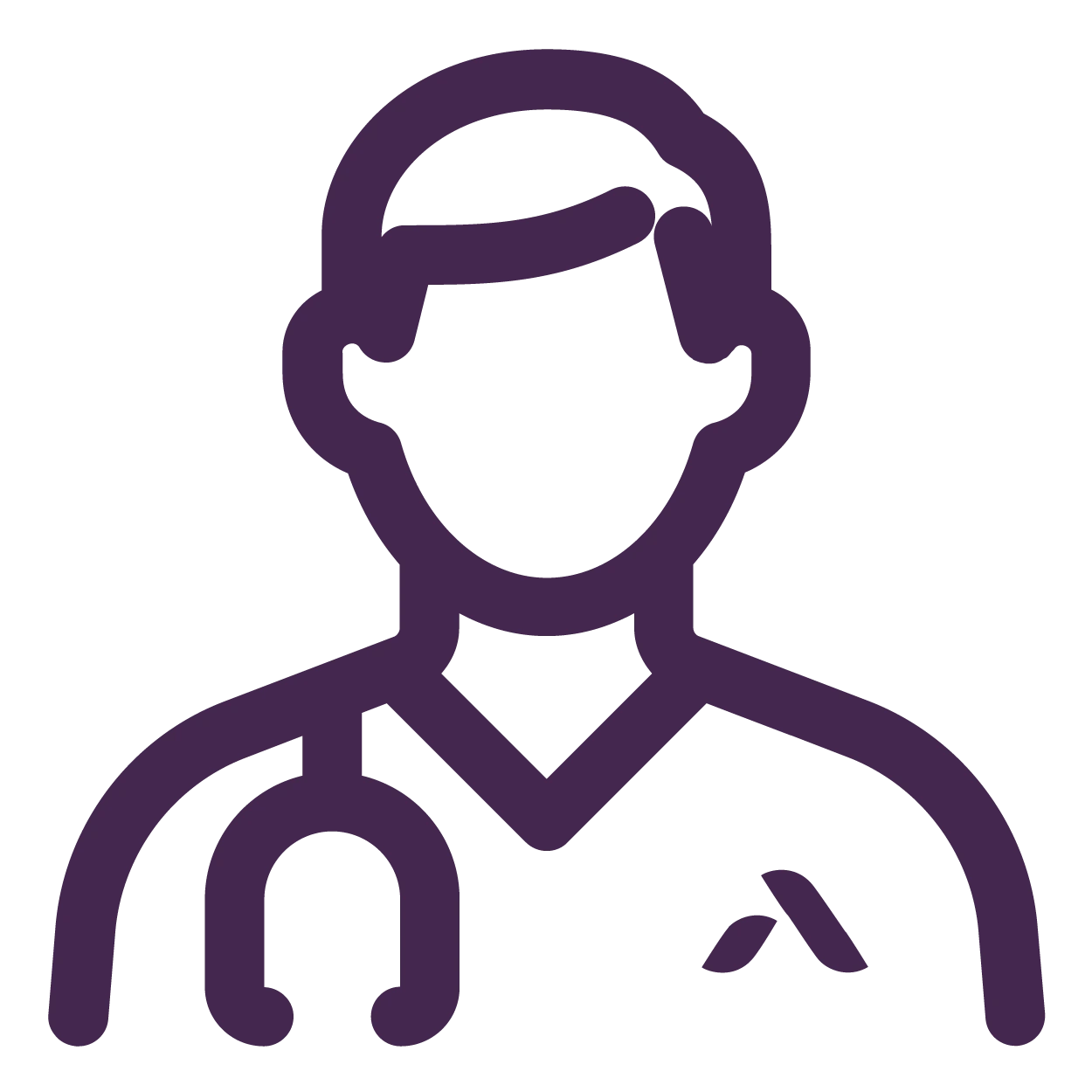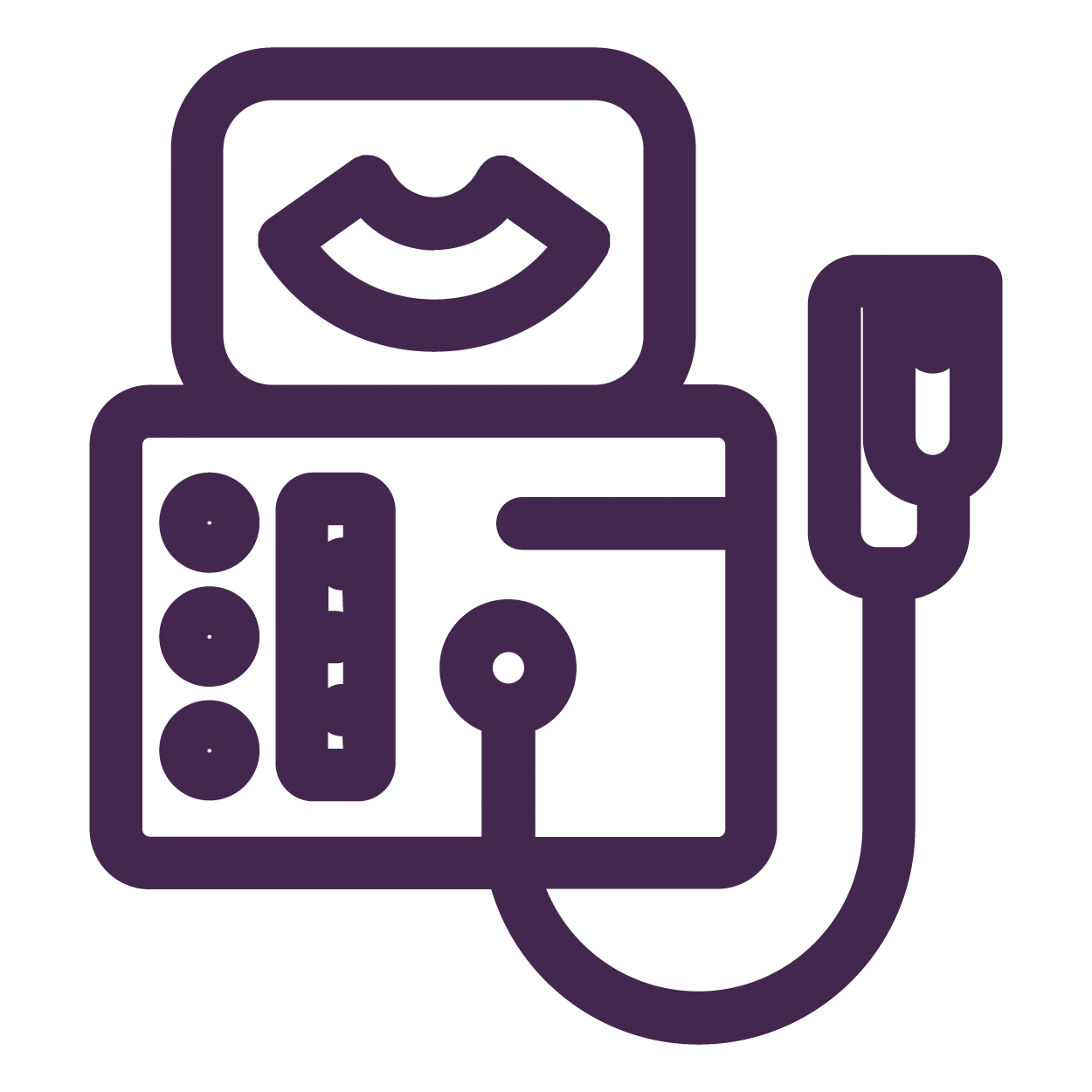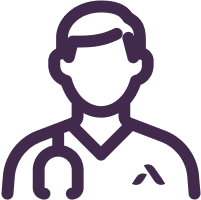Varicose veins are a common condition that affects around one in three people during their lifetime. They appear as enlarged, twisted veins—usually on the legs and feet—ranging from blue to purple in colour. While they can be painless for some, others experience discomfort, aching, or swelling.
The good news? Modern, minimally invasive treatments are available to address varicose veins and prevent further complications effectively. However, NHS treatment is now largely reserved for severe cases, leading many people to seek private care for faster, specialist-led treatment.
At VeinCentre, our experienced consultants provide walk-in, walk-out treatments designed to fit around your life. If you’re concerned about varicose veins, we’re here to help.
How are Varicose Veins Treated?
If you’re struggling with varicose veins, you’re not alone. The good news is that effective, minimally invasive treatments are available to help you feel more comfortable and confident. At VeinCentre, our experienced vascular consultants offer a range of treatments designed to target varicose veins safely and effectively, with minimal downtime.
The best treatment for your varicose veins depends on their severity and your individual needs. At VeinCentre, you will meet your dedicated consultant at your first appointment. They will assess the condition using an ultrasound scan and recommend a tailored treatment plan to ensure the best possible outcome.
If you’re ready to take the next step towards healthier legs, book a consultation with one of our experienced consultants today.
Your Varicose Veins Treatment in 3 simple steps
We adopted our treatment pathway on how to diagnose and treat all types of leg veins in 2003, and it is now firmly established and recognised by the National Institute of Health and Care Excellence (NICE).
We have over a 99% success rate at fixing the underlying cause of varicose veins.

Step 1 – Consultation with your Dedicated Consultant
At VeinCentre, you will have a dedicated consultant who looks after you from your first appointment. The consultation includes a colour duplex ultrasound scan, which is necessary to determine if you have an underlying cause of your vein problems. We will explain the results of the scan to you there and then, along with a tailored treatment plan that will be based on your preferences and desired outcome.

Step 2 – Your Primary Treatment
For the majority of our patients, a treatment plan typically involves EVLA or Endovenous Laser Ablation which is endorsed by NICE as their treatment of choice. EVLA treats the source of your vein problems, and is often combined with foam sclerotherapy which works to treat the visible veins.
This walk-in walk-out approach, conducted under local anaesthetic, is highly effective and offers a 99% success rate.
For patients with minor varicose veins or thread veins, EVLA treatment may not be needed and the primary treatment is likely to be Foam Sclerotherapy. Depending on the scan results, alternative treatments to EVLA may be available.

Step 3 – Follow Up Appointment
Approximately six weeks after EVLA, a further colour duplex ultrasound scan will be carried out to confirm that the vein has been successfully closed and the source of the problem has been fixed. It is likely that foam and/or microsclerotherapy will also be required at this stage. Occasionally, some people return again for a further cosmetic follow-up.
Types of Varicose Veins Treatment
The specific type of varicose veins treatment we’ll recommend to you will differ depending on the results of a duplex ultrasound scan (to determine if there is an underlying cause for your veins). From that scan, we can recommend the procedure that best suits your condition. If you have definite varicose veins, we would recommend endovenous laser ablation (EVLA) to fix the underlying cause, and foam sclerotherapy to treat the visible veins.
In some instances, we would recommend foam sclerotherapy as the main treatment for varicose veins, but it is ordinarily used as a secondary treatment following EVLA, in most cases to treat smaller residual veins.
Many patients still think of varicose vein treatment as surgical stripping, and sadly, many patients are still only offered this option—often without being told about the minimally invasive alternatives available. In some cases, they’re even advised that their condition is too complex for anything other than surgery, but that simply isn’t true.
At VeinCentre, we believe in providing clear, honest advice and offering the most effective, least invasive treatments wherever possible. Our experienced consultants take the time to assess each patient individually, ensuring you get the best solution for your needs without invasive procedures.
Although many patients had good results from this form of varicose vein surgery, the recurrence rate was reported to be as high as six in 10 patients experiencing further problems.
NHS treatments are limited to patients with severe symptoms or leg ulceration, and although endovenous approaches are used, sometimes limited resources mean patients will be offered foam sclerotherapy only and/or compression bandages as treatment.
Treatment Type: Endovenous Laser Ablation (EVLA)
Endovenous refers to ‘inside the vein’, and ablation is a medical term meaning ‘to destroy’. Therefore, endovenous laser ablation (EVLA) is the procedure of treating the affected veins, from the inside, with a laser. Under local anaesthetic, an ultrasound scan is used to guide the laser into place, which is then slowly pulled along the faulty valves, delivering heat to seal the vein. This is repeated on all of the veins that have been identified as causing your varicose veins. On average, you will be in and out of treatment in about an hour.
EVLA for varicose veins is recommended by NICE (the National Institute for Health and Care Excellence).
Treatment Type: Foam Sclerotherapy
Foam sclerotherapy is most commonly used as a secondary treatment to EVLA to treat the visible veins and improve the cosmetic appearance of the legs. For patients with smaller varicose veins, foam sclerotherapy may be the only treatment required.
It is also carried out on an outpatient basis, and usually takes no more than 30-45 minutes, depending on how many veins need treating. Foam sclerotherapy uses a medication which treats the lining of the vein walls, causing them to shrink and be absorbed naturally by your body. Where foam sclerotherapy is the primary treatment, a local anaesthetic is not required.
Although some doctors treat large veins by foam sclerotherapy, the results are not as effective or as durable as EVLA, and we do not recommend this as a primary treatment for the majority of patients.
Treatment Type: Avulsions / Phlebectomies
Avulsions, often called Phlebectomies, are used to physically remove the visible varicose veins. They are an alternative treatment to Foam Sclerotherapy either alongside or following EVLA.
Avulsions involve tiny skin incisions and use a little crochet hook to grasp the surface veins and physically remove them. They are performed under local anaesthetic. The incisions in the skin require no stitches but are sealed with steristrips. Avulsions don’t treat the underlying cause of the vein problems.
Can You Get Varicose Veins Removed on the NHS?
The NHS does treat varicose veins, but getting access can be tricky, and when treatment is offered, sometimes a surgical method may be offered. These are more invasive, can be uncomfortable, and often mean a longer recovery. At VeinCentre, we do things differently. Our treatments, like Endovenous Laser Ablation (EVLA), are minimally invasive, take around an hour, and don’t require general anaesthetic—so you can walk in, get treated, and be back to your normal routine in no time. If you’re looking for an effective, modern solution without long wait times, we’re here to help.
Varicose Vein Treatment Prices
As the UK’s largest network of specialist vein clinics, we pride ourselves on transparent, fixed pricing – no ‘from’ prices or hidden fees. You will get the full price of your treatment after the consultation. Please find our prices below or view here for further pricing.
1.
The VeinCentre Consultation
1-on-1 time with your vascular consultant
Comprehensive ultrasound scan
Personalised treatment plan
£250
2.
Treatment
EVLA addresses the root cause of varicose veins, while foam sclerotherapy targets visible veins
NICE-endorsed as the treatment choice
Quick, walk-in, walk-out procedure with a 99% success rate
One Leg
£2,495
Both Legs
£3,350
3.
Follow Up
Includes another scan of your legs to check results
If needed, foam sclerotherapy to treat remaining visible veins
£250
Total
One Leg
£2,995
Both Legs
£3,850
Happy Legs
Are There Any Risks with Varicose Vein Treatment?
If you’re considering treatment for varicose veins, it’s natural to wonder about potential risks. It’s encouraging to know that modern procedures, such as Endovenous Laser Ablation (EVLA) and Foam Sclerotherapy, minimally invasive, and have few complications. At Veincentre, our expert consultants have successfully treated thousands of patients, ensuring your care is in the safest hands.
Patient safety is our top priority. Our treatments are NICE-approved with a 99% success rate, and our world-class consultants will discuss any potential risks with you beforehand to ensure you’re fully informed. With the right aftercare and expert guidance, complications are rare, and you can look forward to long-term results.
If you have any concerns about treatment risks or recovery, our friendly team is always here to help.
Varicose Vein Treatment Aftercare
Following any vein treatment, you will need to wear surgical support stockings for a week; however, this should not restrict your movement although will prevent you from swimming.
We strongly encourage you to continue with your normal activities following treatment (unless your normal is sitting down all day or running a marathon). Exercise should be guided by how your legs feel – don’t push your body too far. Although the procedures are minimally invasive, your body is still in a period of recovery and is busy absorbing all the veins we’ve treated. We advise that you go on a walk for at least 20 minutes each day. The only exercises we universally restrict are horse riding and heavy weightlifting for 1 week post-treatment. Your consultant will advise if there is anything else, lifestyle-wise, that you may be best avoiding for a while.
You are not able to drive on the day of treatment, but you are fine to drive the next day. Long-haul flights (more than 4 hours) are restricted for 4 weeks post-treatment. Post-treatment discomfort varies from patient to patient. The vast majority of our patients describe the procedure itself and the recovery period as uncomfortable or mildly painful, and any pain is managed effectively with over-the-counter painkillers. There is a small minority who suffer from worse pain than most, and a few patients have reported that they needed to take a day or two off work.
Recovery Time
One of the biggest advantages of modern varicose vein treatments is the quick recovery time. Unlike traditional surgery, minimally invasive procedures such as Endovenous Laser Ablation (EVLA), Foam Sclerotherapy, and Phlebectomies allow you to return to daily activities much sooner.
What to Expect After Treatment
Every patient’s recovery is unique, but most people can walk immediately after treatment and resume normal activities within a day or two. Here’s what to expect during your varicose veins aftercare journey:
- First 24 Hours: You’ll wear compression stockings to support healing and reduce swelling. Walking is encouraged to maintain good circulation.
- First Week: Some mild bruising and discomfort are normal, but over-the-counter pain relief can help. Most patients return to work within 24-48 hours.
- Two to Four Weeks: Any residual discomfort or tightness should gradually subside.
- Long-Term Recovery: Your veins will continue to improve over several months as they naturally shrink and are reabsorbed by the body.
Tips for a Smooth Recovery
To ensure the best possible varicose vein treatment recovery time, follow these aftercare tips:
Our Vascular Consultants
Our team of 50+ Vascular Consultants is among the best in the UK, handpicked by our Medical Director, Dr Mark Bratby, for their unmatched expertise and dedication to exceptional patient care. Guided by our exclusive Medical Advisory Committee, we are committed to setting the highest standards in vascular medicine and patient outcomes
Varicose Vein Treatment FAQs
When do varicose veins need treatment?
Varicose veins can be treated for cosmetic reasons, they may affect what you wear, or your self-confidence. Varicose veins can also be treated for symptom relief. Legs may feel tired, sore, restless, and itchy. If left untreated, varicose veins can lead to more serious medical conditions, such as ulcers, which can get infected or bleed, blood clots and DVT. In some cases, a varicose vein can just bleed every time it’s caught on something.
How soon will I see the results?
Improvement in symptoms is immediate after treatment, but the visible results of the varicose vein treatment will take a little bit longer. Patients should wait at least six weeks before passing judgment on any treatment because it takes a while for the body to reabsorb the veins treated.
If my vein is removed, how does blood flow back up to the heart?
Veins return blood from the feet back up to the heart, there are many other veins deeper in the leg that can return the blood. Treating the veins that are not working properly, improves the circulation in your leg.
Is treatment the only way to get rid of varicose veins?
Yes, treatment is the only way to address the underlying cause of varicose veins. Treatment options include minimally invasive procedures, as recommended by the National Institute for Clinical Excellence. Here at Veincentre, we offer minimally invasive walk-in, walk-out procedures. While wearing compression stockings regularly can help manage the symptoms, it doesn’t fully address the root cause, so treatment may be needed for long-term improvement.













